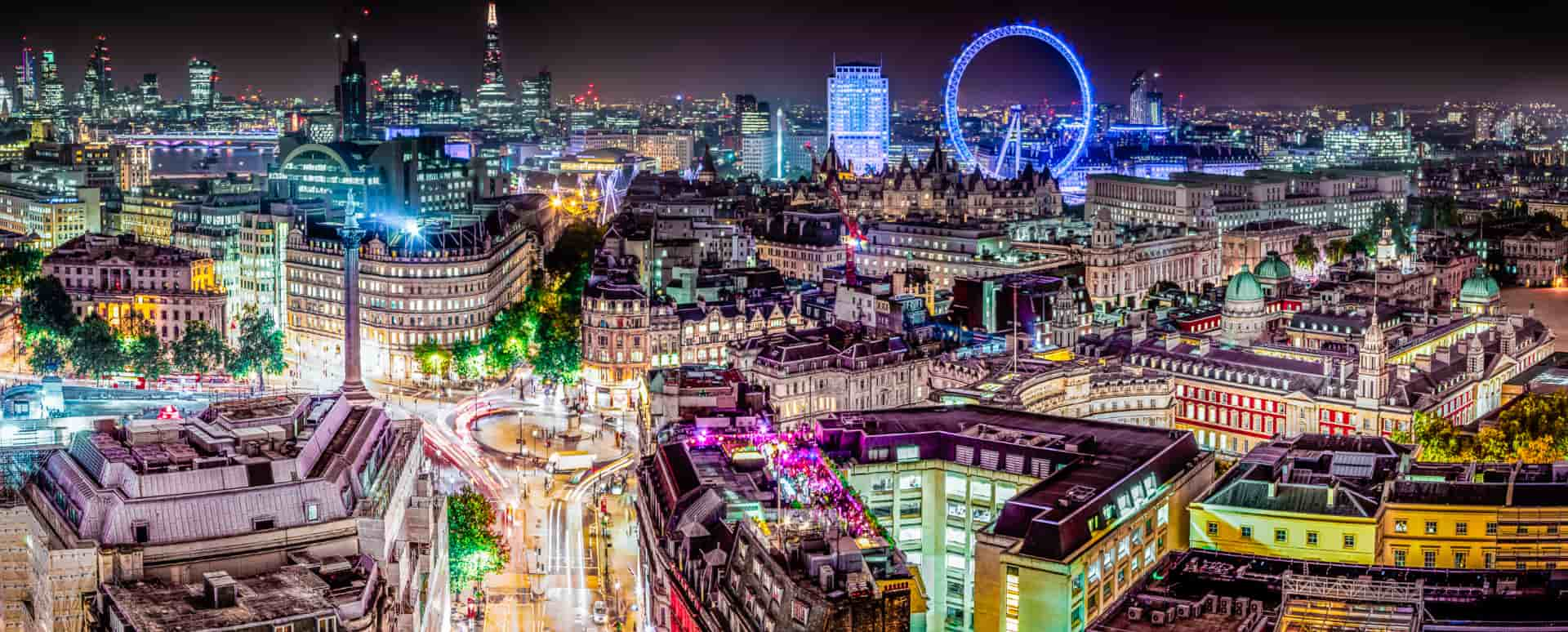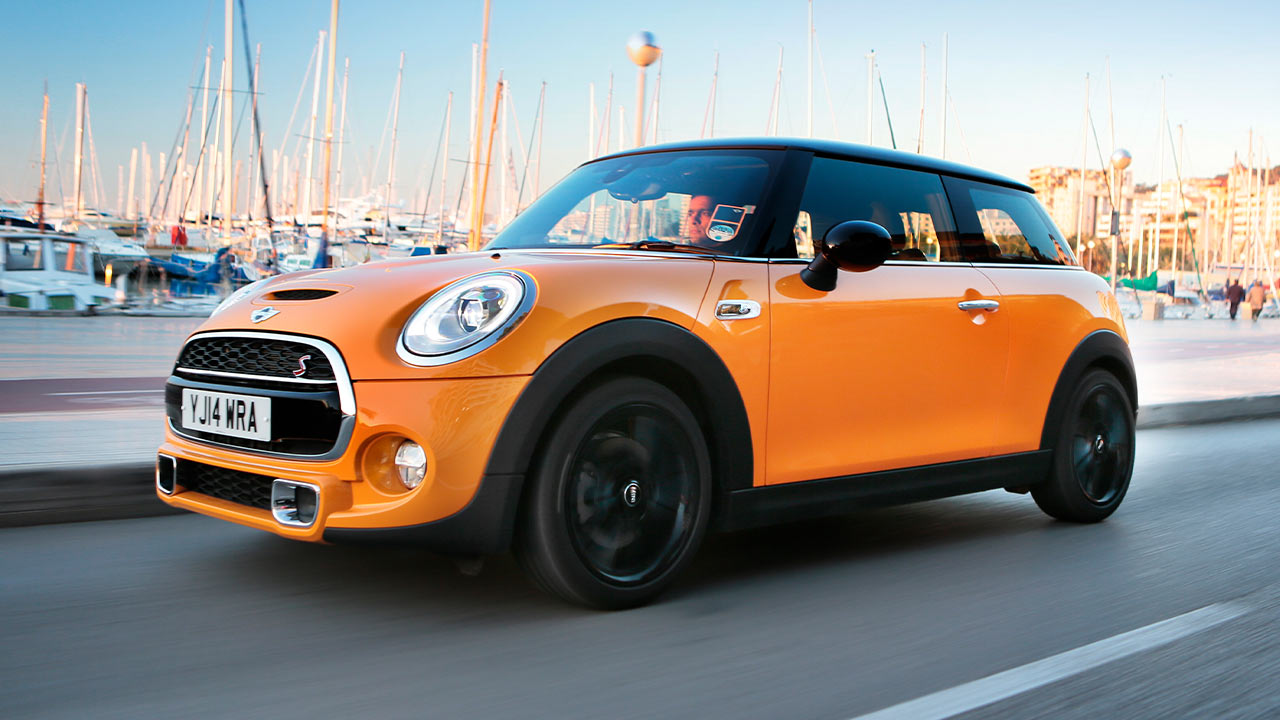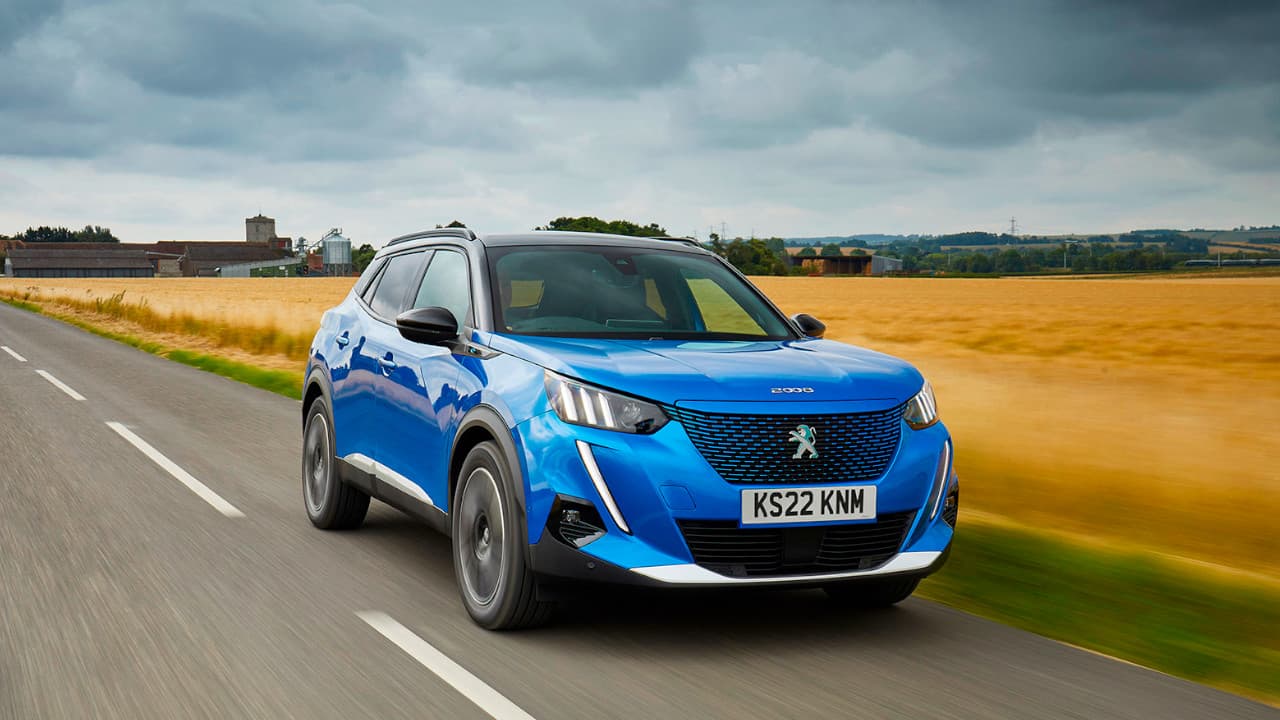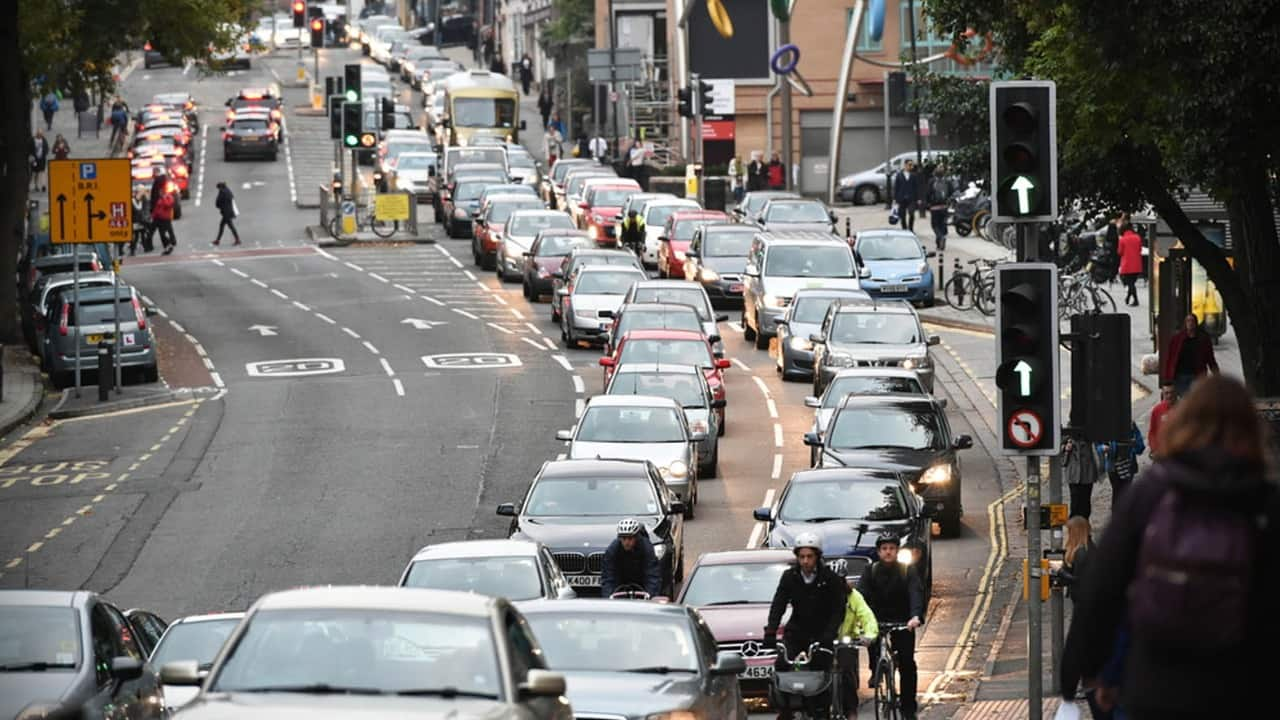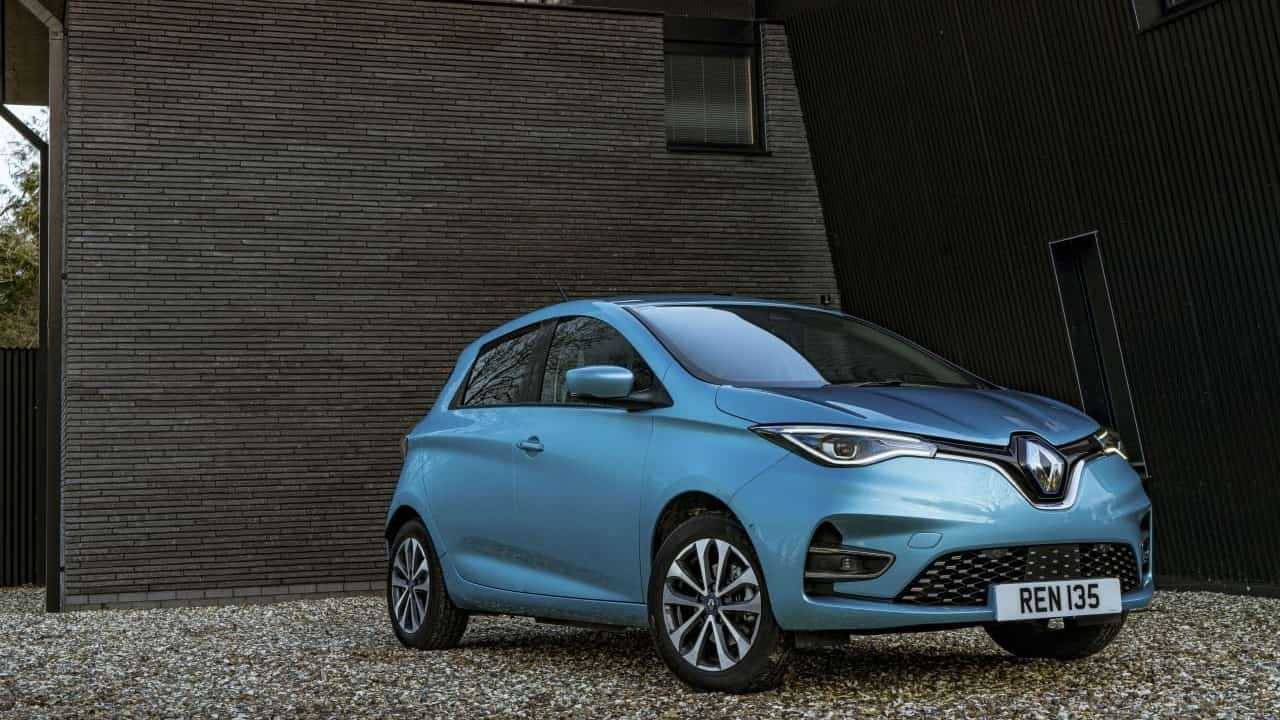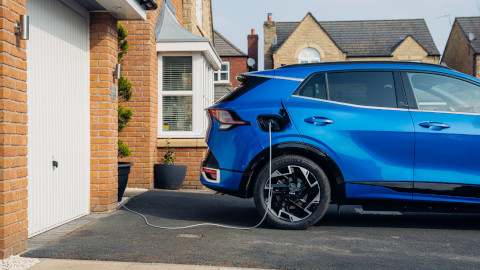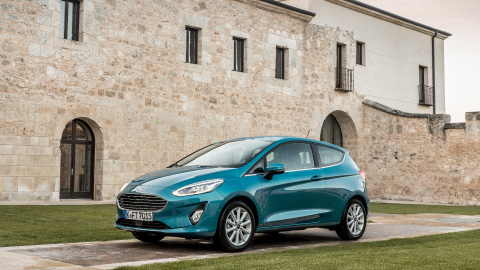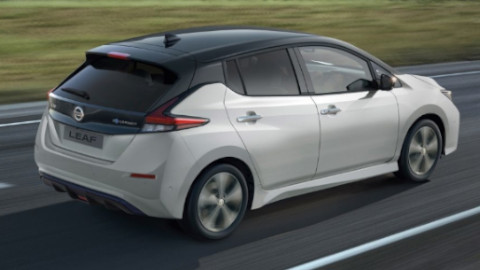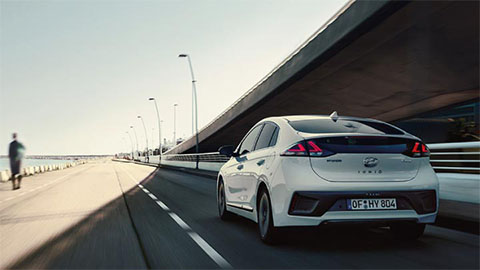What is ULEZ? London's Ultra Low Emission Zone Explained
04th Aug 2023
What does ULEZ mean?
ULEZ stands for the Ultra Low Emission Zone in London, which came into effect on the 8th April 2019. There have been a variety of changes to this over the years, initially starting as the London T-Charge, all the way through to the 2023 expansions of the ULEZ.
The main aim of the ULEZ is to target vehicles that don't meet a certain emissions criteria in an attempt to reduce air pollution in Britain's capital.
The drivers of these higher polluting vehicles then have to pay the daily ULEZ charge when driving through the London Ultra Low Emission Zone.
- What cars are exempt from the ULEZ?
- When is the ULEZ expanding?
- What was the London T-Charge?
- How much is the ULEZ charge?
- What's the difference between the congestion charge and the ULEZ charge?
- ULEZ Compliant Cars
What cars are exempt from the ULEZ?
The Ultra Low Emission Zone may seem like you need an electric or hybrid car to enter without being charged, but in reality, there are other cars that are exempt from the ULEZ; it all comes down to the emissions produced by your vehicle.
Generally, most owners who will have to pay the charge will be those with petrol cars built prior to 2006 or diesel cars built after 2016.
For petrol cars, they must meet Euro 4 standards. This typically means that petrol cars produced after 2006 will be ULEZ compliant and vehicle owners won't need to pay a charge.
For diesel cars, they must meet Euro 6 standards, which most cars registered after 2016 will meet. There are exceptions to both of these rules, so it's a good idea to check your individual vehicle on the government website.
With hybrid and mild-hybrid cars, they also must meet either the Euro 4 or Euro 6 standards, depending on the fuel type they use.
As they don't produce emissions, fully-electric cars are exempt from the ULEZ charges.
The only other exemption to the charges are classic cars that are over 40 years old. Drivers of these cars are exempt from paying the ULEZ charge, but as these cars are quite rare anyway, this won't really impact many drivers.
When is the ULEZ expanding?
The ULEZ is expanding on 29th August 2023 to cover all of London's boroughs as well as the city centre.
Despite the ULEZ being in place in the city, pollution is still incredibly high, with vehicle pollution being the main cause in London. So, the Ultra Low Emission Zone is expanding on 29th August 2023 to cover all of London's boroughs as well as the city centre.
This will include residents who live in these areas, but if your car is just parked and you're not moving it, you won't need to pay the daily charge. According to Transport for London, 9 out of 10 cars in outer London are already ULEZ compliant.
There are some options for those on lower incomes, including scrappage schemes and discounts on charges, as well as more public transport being introduced in London's outer areas.
What was the London T-Charge?
The London T-Charge was the predecessor to the Ultra Low Emissions Zone and was the first large scale charge for vehicle emissions. It was introduced on 23rd October 2017 and the daily charge was £10 on top of the congestion charge.
It wasn't as strict as the ULEZ charge, so fewer drivers had to pay to drive in London, but the T-Charge was eventually replaced by the ULEZ in 2019.
How much is the ULEZ charge?
The Ultra Low Emissions Zone charge is £12.50 per day, and every car that drives in London and isn't exempt needs to pay this charge.
The ULEZ charge is in operation every day of the year, apart from Christmas Day and if you don't pay the charge, you'll get a fine of £160; this can be reduced to £80 if you pay within 14 days.
What's the difference between the congestion charge and the ULEZ charge?
The congestion charge and ULEZ charge are different things, so it's important to understand what they are and make sure you pay both if they both apply to you and your vehicle.
Whilst the ULEZ charge depends on the emissions produced by your vehicle, the congestion charge depends on what times you're driving in London.
If you drive in the City of London between 7am and 6pm Monday to Friday, or between 12pm to 6pm on Saturdays, Sundays, and bank holidays, you'll need to pay the congestion charge. There's no charge from Christmas Day to the New Year's Day bank holiday.
ULEZ Compliant Cars
The only way to really avoid the ULEZ charge is to drive a vehicle that's ULEZ compliant. The best cars to buy for driving in central London to avoid the charge are small electric cars like the Renault Zoe, which actually avoids both the ULEZ and Congestion charges.
Switching to a newer car can also help you to avoid the charge, as they will meet the Euro 4 and Euro 6 emissions standards. These may not be exempt from the Congestion Charge though, so it's a good idea to check these things before buying a new car.
Low Emission Vehicles
If you're unsure if you should be paying the ULEZ charge, you can use the government website, or you can find out from your vehicle's manufacturer. If your car doesn't comply, maybe this is the perfect time to switch to an electric car, or take a look for a new car.
Alternatively, why not browse our used cars for sale, many of which are exempt from the ULEZ charge, with some even exempt from the London Congestion Charge.

